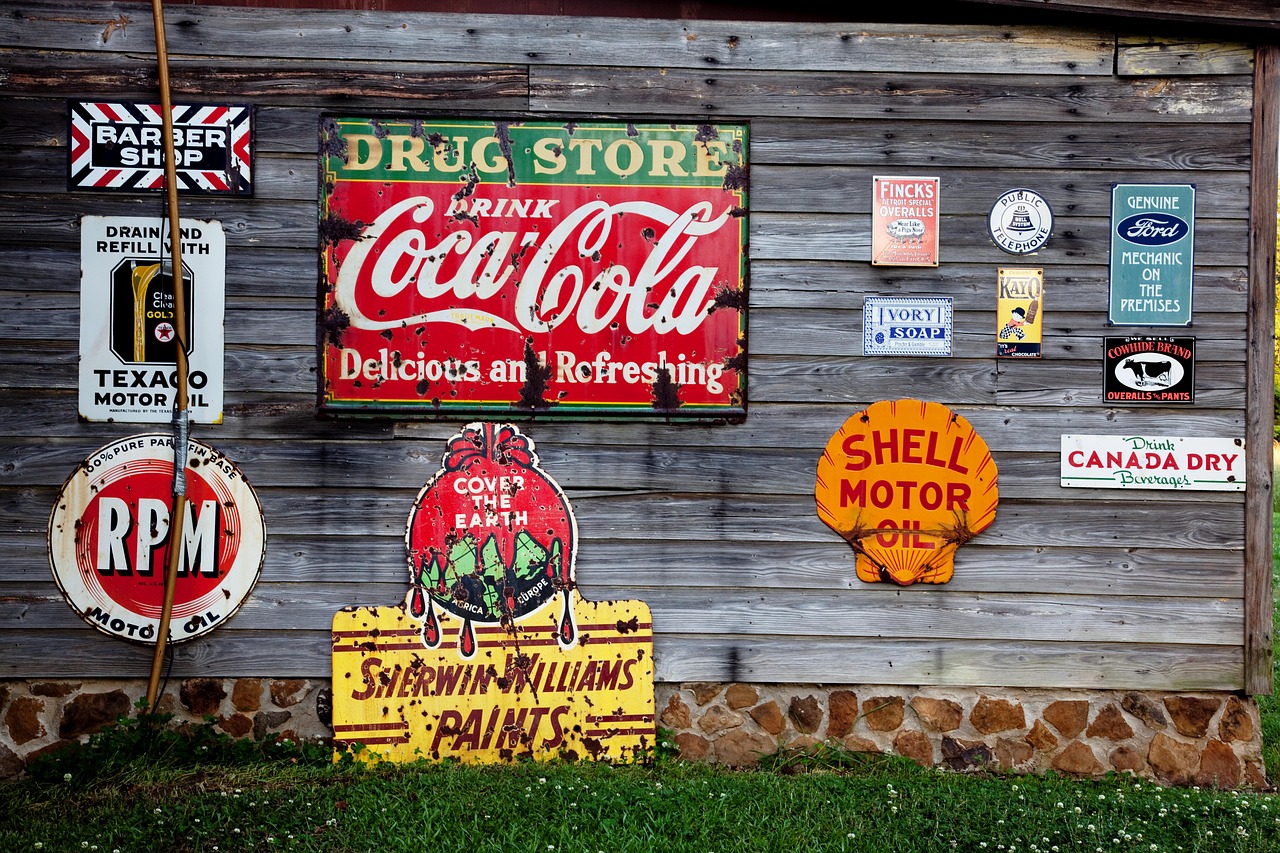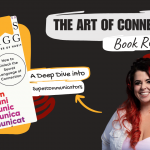Over the past decade, I’ve built brands for various successful companies and products both in the tech and real estate world. After doing it over and over, I started to develop some strategies and systemize the basics of what’s required to create a great brand.
Those basics can even save you time and money when building the assets that go with it, including your website, business cards, social media accounts, and follow-up campaigns.
What Stage Are YOU In?
Does creating a brand sound exciting? Or do you already have an established brand? Most Realtors are in one of these 2 scenarios- but wherever you are, I think the basic components to creating a brand often get missed. These core components can make the difference between your marketing being mediocre vs. outstanding.
Before we go any further, let me note – just because you have a great logo or brand, doesn’t mean you should use it everywhere. At Agent Inner Circle, we tend to focus on a lot of Direct Response Marketing tactics, which if done correctly, often times won’t include a logo at all… on purpose! Don’t worry – we’ll cover where and when to use your great logo below.
So what are my 4 core components of a great brand?
- Logo
- Color Palette
- Font
- When to use and NOT USE the brand
Logo
This might seem pretty straight-forward. Right? Hire a graphic designer from one of the many online services to make a logo for you. However, it’s not that simple.
A lot of the online logo design services are focused on just that, the logo. The problem though, is that these graphic designers aren’t worried about all the different places your logo has to go, or aren’t concerned with using current design styles. So you end up with something that might look great on your website, but is tough to read on your business card… or worse yet, a really great logo for 1998. Well, here are some things to look for when designing your logo:
- Your logo should be as close to square (or round) as it can be and if this isn’t possible, you’ll need an “icon” version of your logo that is. While a lot of your marketing can use a wider version of your logo, a number of spots, like Facebook (for some of the most powerful ad dollars out there: click here to read our FB ad article) , are specifically looking for square or “icon” version logos. Don’t worry – you can always have a variation of your name or your company name next to your logo. Especially if it’s using your font set and colors I discuss below.
- Your name or company name should be easy to read. I see this one all the time, especially in the real estate world. It’s easy to get carried away picking fonts and end up with an overly cursive font or something that’s difficult to read. Logos are all about quick recognition, so keep the font something that’s easy to read. Most of the time, a sans-serif font is best (no curlicues).
- Do what you can to follow current design trends. Just like fashion and home decor, logo designs change over time and you want your brand to feel like it’s current. This is probably the hardest part, but I’ll point you in the right direction. One of the biggest trends we’ve seen in recent years, which all of the major brands have adopted (Apple, Google, Microsoft etc.) is called “flat design.” What’s popular in design changes slightly every year though, so it never hurts to do a quick Google search for “current design trends.”
Color Palette
Your color palette is just as important as your logo. And when I say color palette, I don’t just mean the 1 or 2 colors that are in your logo. A color palette should include the whole spectrum of colors (Red, Orange, Yellow, Green, Blue) that work together to represent your brand. Though they should know better, very few designers include a full color palette or the fonts that go with your brand, so you’re left to come up with a palette of your own. Luckily, I have a super easy (and free) tool you can use to pick your palette, or come up with the matching colors to your existing brand.
You can use https://coolors.co/ to rotate through palettes with color schemes mathematically designed to work. OR, you can enter your brand’s color and lock it in place to rotate through colors and palettes that work with your base color. Then, if you like one of those colors, you can lock it in place as well to start generating palettes using 2 base colors, then 3 etc.
Another great tool if you’re looking for something more advanced is Adobe Color CC. This tool allows you to get really granular when creating your palette, especially if you know a thing or two about creating themes already.
Fonts
One of the integral parts of any brand is the set of brand fonts. What most folks don’t realize is that fonts are in many ways the key to your brand components having a professional look (website, business cards, etc). So first, make sure you keep using the font from your logo in other places in your marketing. Whether it’s in the header text, or in more general sections, you want to continue the theme throughout your branding that the font in your logo begins to create.
Usually, you’ll need to find at least one complimentary font that goes with your theme. My favorite tool for this is Google Fonts. You can use this tool to either find your first font, or enter your existing font to see “Popular Pairings” to give you some ideas. Once you have your fonts picked, try to use them consistently in your digital marketing. This really can take your website from good to great!
When to Use and NOT USE Your Branding
So here’s the curveball. I’m sure you’re excited about creating your new logo and brand kit… and I’m sure you want to go use it everywhere. However, that might not be your best option.
A lot of the marketing we do, like Service For Life! is considered “Direct Response Marketing” and gets the amazing response rates it does for a number of reasons. One of the biggest reasons is that, simply put, it doesn’t look like marketing. A lot of the time, especially with pieces of mail or newsletters, people will quickly scan and discard the pieces that trigger a “I’m being sold to” response. Which means, adding that logo and branding could actually backfire if not used correctly. In other cases, like on your website or Facebook marketing, having a great logo and branding is expected. So, be mindful with where and how you use the great brand you just created.
How to Decide
To help you decide when to use what, think about the goal you have when putting out an ad, or a piece of marketing. Direct-response is appropriate when you’re looking for a personal touch, or a short term goal (like- motivate someone to call you). Branding works best where consumers are expecting your brand to appear before they even see it – places like your website, Facebook page, or business cards.
At the end of the day, once you’ve implemented everything above, just be consistent!
What stage of branding are you in- or what questions do you have for me? Feel free to leave a comment below.








Leave a Reply